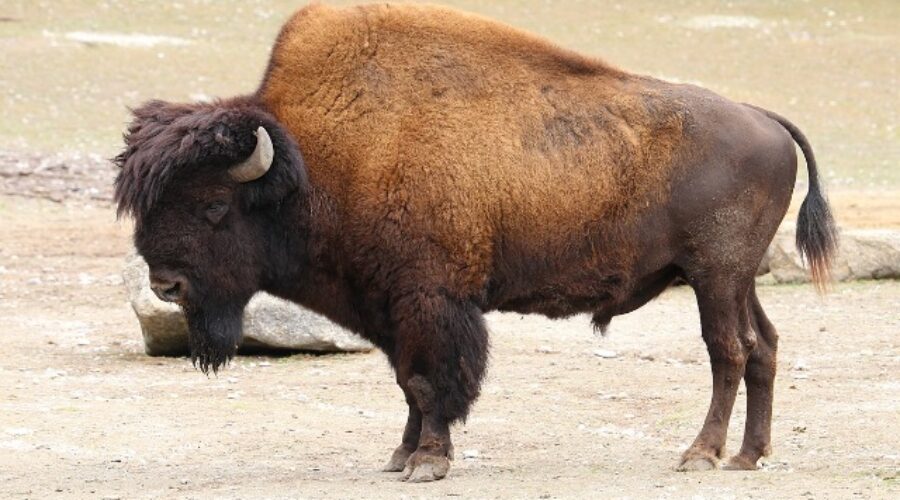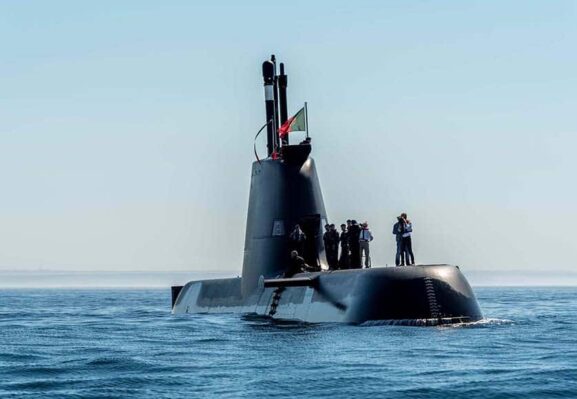A group of eight European bison have been translocated to northern Portugal
Something big is coming to Portugal. And when we say big we mean mega big. The European bison is the largest mammal in Europe. A big male can weigh in at a tonne, stand 1.9 metres tall at the shoulder and be anything from 2.1 to 3.5 metres long.
These huge herbivores were once found across much of lowland Europe, but hunting and habitat loss took their toll and, over time, their range was reduced to areas of eastern and northeastern Europe. Finally, in 1927 the last wild European bison was shot in the Caucasus.
Fortunately, 54 animals did remain alive in captivity. A captive breeding project was launched and then, eventually, a rewilding programme with the first bison released back into the wild in Poland’s Białowieża Forest in 1954. Today, there are an estimated 9,000 wild bison living free in Europe with the majority occurring in Belarus and Poland. In 2020 the International Union for Conservation of Nature (IUCN) changed the bison’s conservation status from Vulnerable to Near Threatened.
And now, in another sign of the bison’s remarkable comeback, a herd of eight bison were last week transferred from Poland to the Greater Côa Valley in northern Portugal where, after a period of acclimatisation, they will eventually be set free on the 7,600-hectare Termas de Monfortinho, and Herdade do Vale Feitoso estate.
Once the bison are settled into their new home, people will be allowed to view them as part of a wildlife tourism initiative set up under the guidance of the Wild Côa Network, a network of more than 50 nature-based businesses in and around the Greater Côa Valley.
‘We are viewing this translocation as a pilot,’ explains Pedro Prata of Rewilding Portugal, which is one of several groups that supported the translocation. ‘The bison will be closely monitored to see how they acclimatise to the local landscape and climate. This is the first time that Rewilding Portugal team have managed bison, so it’s a learning process for us too. Members of the team will receive training in bison management.’
It’s hoped that by roaming across the estate, the bison will promote biodiversity and help the landscape to lock up more atmospheric carbon. As large grazers, the animals will lower the risk of wildfire by reducing flammable vegetation, creating natural firebreaks, and opening up forested areas, which lets in more light and allows grass to grow instead of scrub.
There is an element of controversy to this particular rewilding project though. European bison have never actually lived in northern Portugal, or indeed anywhere on the Iberian Peninsula. However, supporters of the project say that remains of the long-extinct steppe bison – from which all living bison today are descended – have been recorded in the region.


